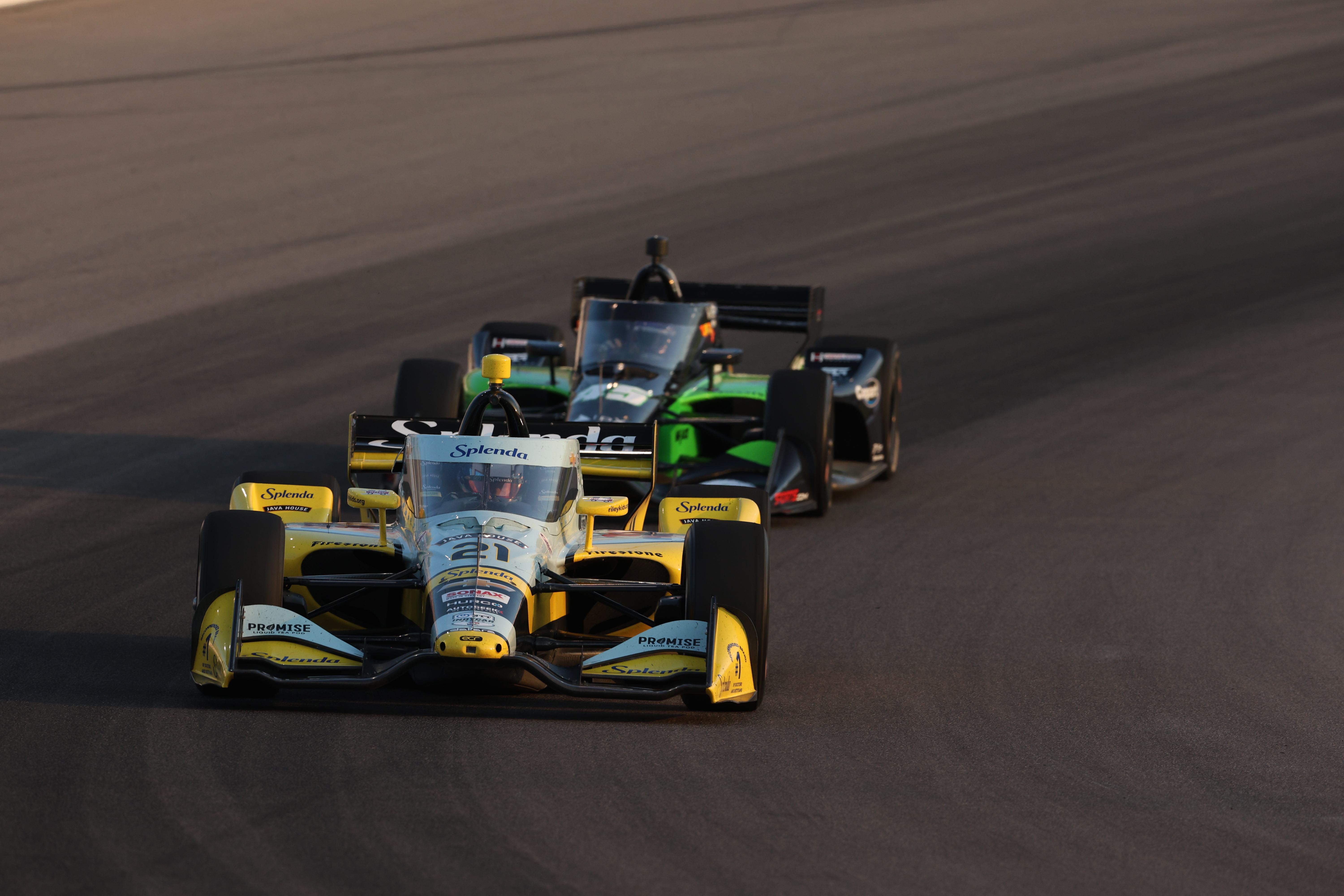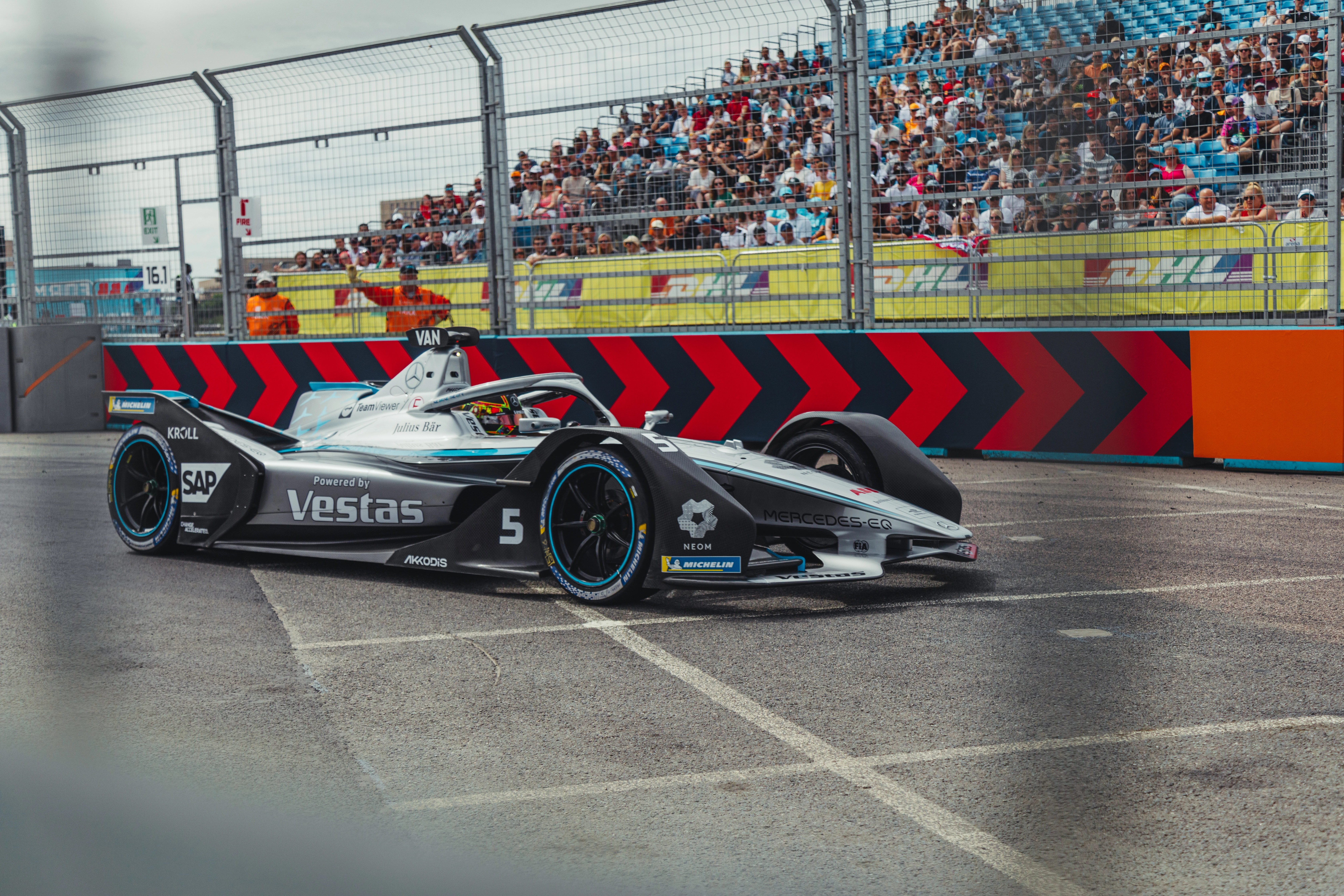Lotus 72: 55 Years of a legacy on the tracks (Part 2)
- Lorenzo Baer
- Jun 2
- 6 min read
Written by Lorenzo Baer, Edited by Gabriel Tsui

The Lotus 72 continues to be one of the synonyms of evolution in motorsport. Groundbreaking with bold concepts, the legendary car from Hethel built a spectacular history on its trail, forever changing the face of Formula 1.
In the second part of this special, it’s time to explore the car's incredible racing record in one of the most competitive eras in F1.
The first years: glory and tears
Presented to the public in January 1970, the Lotus 72A would only make its first appearance in April, in the second stage of that year's F1 Championship, in Spain. The race, which was held on the fast Jarama circuit, proved to be much more difficult than expected by Colin Chapman & Co.
The two official Team Lotus drivers for the race, Jochen Rindt and John Miles, had problems adapting to the car, especially due to the “anti-dive/squad” system. The Lotus 72 was a very sensitive car compared to the “old 49”, which both drivers were used to, and it would take some time for both to feel comfortable with the vehicle.
The result was a disappointing Spanish GP for the team: Miles tried his best, but he couldn't even qualify for the race. Rindt fared a little better, setting the eighth fastest time in qualifying – but ignition problems on the ninth lap brought a disappointing end to the debut of Lotus' machine.
Such problems forced the team to return to the drawing board and after returning to the 49 model for the Monaco GP, the team tested the 72B-spec at the Belgian GP.
The main change was the removal of the “anti-dive” system at the request of the pilots, in favour of a standard suspension system. Miles tried the new vehicle in Flemish lands, and, although the car again did not reach the end of the race (due to gearbox problems), the Lotus proved to be a much more robust car than its initial version.
For the following GP in the Netherlands, it was Rindt's turn to return to the cockpit of the 72. While Miles would continue to drive the 72B, the Austrian would have the chance to guide the brand-new 72C, which, in addition to the suspension change, featured a few more aerodynamic refinements.
The ‘remastered’ Lotus proved to be a feared car in Rindt's hands, as the Austrian swept the weekend, taking home the pole and the race victory, giving the Lotus 72 its first major achievement. This was the first in a devastating sequence of victories that the driver would achieve in the next races of the championship, to which he would also muster triumphs in the French, British and German GPs.
However, the honeymoon between Lotus and Jochen Rindt came to a tragic end at the Italian GP. During the practice sessions for the race, the Austrian suffered a terrible accident, crashing at more than 250 kph (155 mph) at the entrance of Parabolica. Due to the impact and the safety belt not being correctly placed, Rindt died at the scene.
Later investigations found that the accident happened because of a failure in the car's right front inboard brake shaft, but that Rindt's death was caused by poorly installed crash barriers.

The accident had dramatic consequences for Team Lotus. It wasn't just necessary to fix a mechanical problem, but to basically build a new team from scratch. In the wake of Rindt's death, John Miles left the team, due to disagreements with Colin Chapman.
Thus, two new drivers entered the scene in the cockpit of the Lotus 72 for the 1970 United States GP: Emerson Fittipaldi, team's third driver, and who had tested - and destroyed - a Lotus 72 in training for the Italian GP, and Reine Wisell, Sweden’s golden boy.
In the first race, Fittipaldi showed the full extent of his abilities: starting from third position, the driver had a masterful race, taking home the victory, while Wisell took third place on the podium.
As the season headed towards its end, Lotus assessed its bittersweet year: the confirmation of the Lotus 72's potential, with the Constructors' title, in addition to the Drivers' title, won posthumously by Rindt. For everyone, the life of a driver was not worth the taste of victory, and, despite the laurels, Lotus had little to celebrate at the end of 1970.
1971 started for Lotus in the same way as 1970: the car was outpaced, with inconsistent results affecting the team's morale. One difference between the seasons is that 1971 did not see a rise in the performance of the Lotus 72, with the car being a mere shadow of what it had been in late 1970. The best result of the year was a second place in the Austrian GP, achieved by Fittipaldi.
The rise and fall of the 72 model
The big news for the year was the introduction of the Lotus 72D-spec. The model was the result of changes in the FIA regulations, which from 1971 onwards allowed the use of slick tires in F1.
To be able to cope with such changes, the D model adopted a new rear suspension and a redesigned less inclined rear wing. Also present in the new design was the air scoop above the driver’s head, with a more square and aerodynamic shape.
However, it was only from 1972 onwards that the Lotus 72 was able to return to the spotlight: with a new ‘cloth’ (with the red, white and gold of the Gold Leaf being replaced by the black and gold of JPS), the car once again became the bogeyman it had been in the summer of 1970.
Fittipaldi, now with David Walker as his teammate, had a spectacular year: five victories in official GPs (in addition to three others in non-championship races) propelled the Brazilian to the undisputed lead of the tournament, with Lotus 72D in the spotlights.
In the end, another double, just like in 1970 – only this time, there were reasons to celebrate, as Emerson and Team Lotus were crowned Drivers' and Constructors' Champions respectively.

1973 also proved to be another successful year for the team and the Lotus 72, already in 72E-specification. While still led by Fittipaldi, Lotus had the addition of Ronnie Peterson to the team's roster, replacing Walker.
Although the drivers achieved seven victories throughout the year (three by Fittipaldi and four by Peterson), the Drivers' title slipped out of both hands, with the Brazilian finishing second and the Swede third in the general standings. The consolation was yet another Constructors’ title, the third in Lotus 72 history.
After two spectacular years, 1974 was a huge disappointment for the Lotus 72. Fittipaldi's departure to McLaren and the failure of the Lotus 76 (which was supposed to be the spiritual successor to the 72 model) gave the first signs of the type's decline, which now had Ronnie Peterson and Jacky Ickx in its line-up.
Although Peterson collected three victories throughout the year, these did not represent much in the Lotus team's ambitions for 1974. Ronnie would finish fifth in the overall tournament standings, while Lotus would be fourth in the Constructors' standings.
The end of the Lotus 72, however, would be reserved for 1975. This year would prove to be grimmer than 1974, with Peterson and Ickx struggling with the pace of the F-spec, the ultimate version of the 72.
Curiously, it would be at the 1975 Spanish GP (the same event where the Lotus 72 debuted in 1970) that the car would have its last great moment in motorsport, with Ickx achieving a surprising second place in the race.
A little-remembered fact about the Lotus 72 is that the model was also part of the squad of several other smaller teams, besides the one of the powerful Team Lotus. The first privateer to use the model was Brooke Bond Oxo Racing, which obtained a Lotus 72C in 1970.
Next, it was the turn of the Villiger Cigar Team, which received a Lotus 72A to compete in the 1971 Italian GP.
Some South African teams also got their hands in some 72s: the first was Scribante Lucky Strike Racing, in 1972 (72D), followed by Embassy Racing (72D) and Team Gunston (72E), both in 1974. Suffice it to say that none of them achieved great international success, having luck only in national events.

Even with a melancholic end to its career, it is necessary to remember that the Lotus 72 was a car of many achievements, and the statistics speak for themselves: in six seasons in the F1 circus, the Lotus 72 aligned in 149 Grand Prix starts. 20 victories in official GPs (plus a dozen victories in other non-championship races), with two Drivers' and three Constructors' championships achieved by the legendary machine.
Such numbers are unimaginable in the current F1, where cars have a fixed expiration date. Thus, 55 years after its debut, it is worth remembering one of F1's most striking and winning cars — a machine that forged much of what the category is today, taking innovation, development and technology to the extreme.








